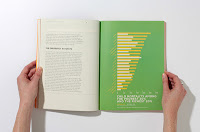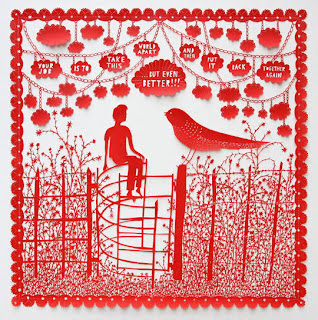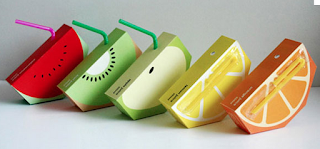- It is about broadening your knowledge of the professional, creative world. Regarding different studios, fields of design and business information.
- Becoming more comfortable and confident about it, so that in the future it isn't such a daunting prospect as you'll know more of what to expect.
- It can also be gaining contacts and making a name for yourself within the graphic design community.
- Taking part in freelance work and live and competition briefs to get a better understanding of projects outside of the university environment.
- Helping to get a better understanding of what you want out my future prospects. By visiting studios you can get an idea of what you do and don't like.
What can you learn from industrial experience?
- As your experience is increased so will your confidence in your personal and professional self.
- Improve your decision making skills as you will be a lot more informed and knowledgable. Increased confidence will also give you belief in the choices you have made.
- Industrial experience can be seen as a practice run for getting a real job so it can give you a lot of preparation and also teach you to not be afraid to make mistakes.
- It can also give you direction with your design practice, either cementing your choices in what path you want to follow or give you a different perspective that can open your mind to other options.
- On a professional level it allows you to meet people within the industry, to make contacts and get yourself a name within it, through meeting new people and promoting your work.
- It will be a benefit for future job prospects, as well as something to put on your CV and additional portfolio work.
- You can gain motivation by seeing what can be achieved and finding something you'd like to be a part of.
What form/format could industrial experience take?
- visiting studios for freelance work or an internship
- live briefs
- visiting exhibitions
- selling work
- competition briefs
- online networking
- business support
What areas of industry are you interested in?
- Illustration
- Publishing and Editorial
- Branding and Identity
What are your concerns about industrial experience?
- That I won't have the required skills or knowledge needed when I get there, which will be embarrassing and disappointing for the studio I've gone to
- I'll mess up something important for the company I'm with, which could jeopardise a job for them
- Putting across myself in the best light, making sure the people I'm with see me as confident and professional
- Making sure I make the most out of my time. Ensure I'm not shy and make my self be proactive with regarding the work and talking to people
- Not being able to get my head around the business side of graphic design. I know we will be getting a lot of guidance with this but I still find it daunting.
Ten Statements Task
- After selecting images of the areas of graphic design I am interested in I became even more aware of the style of design that I like. I am going to need to keep this in mind when selecting what studio's to contact about visits and internships. I think this will help me to get the most out of it, by gaining more specialist knowledge and design ideas.
- I am looking forward to taking part in live and competition briefs during this year. I believe it will help me to prepare for briefs and tasks during my industrial experience and actual work in the future. As they be very different than the ones we have in uni regarding time scales, topics and deliverables etc. Getting used to this variation will be very helpful.
- After doing this task it has made me realise how important it is to have an online presence, as it helps to get your work out there and to make a name for yourself within the industry. Over the next few months this is something I definitely want to work on.
- Before I start my studio visits and also during them I would like to work on and improve my professional skills, regarding talking to other designers I am meeting for the first time. I want to be able to give off a good impression of confidence and likability that will be memorable in the future. Working on my conversational skills will also be helpful as even though it is normally fine , being under pressure may make me more nervous and shy.
- I would like to visit more exhibitions and trade events as I think this is a great way of getting to know a designers style of work which could help me when selecting people to email later on in this module
- I am hoping that visiting studios will raise my confidence in my abilities as at the moment I can't imagine myself working for a studio and fitting in as part of the team. So I would like to go and realise my skills and that getting a job in the future in an obtainable goal.
- Before this workshop I hadn't really thought much about industrial experience but now I have realised that it is a fundamental part of growing as a designer and taking steps into the industry. It will give me the knowledge and confidence to start to make a name for myself with other creatives in a positive way.
- During my industrial experience I want to gain a better understanding of the path I want to go into for my future. At the moment I have a variety of things that I'm interested in but I would like to make these opinions a bit more focussed.
- I would like to start creating an identity for myself, even if it is just a business card. This means I will have something I can give to people for them to associate with me, so that hopefully they could contact me in the future.
- Industrial experience is a very broad field of our education and covers a large variety of topics.




































